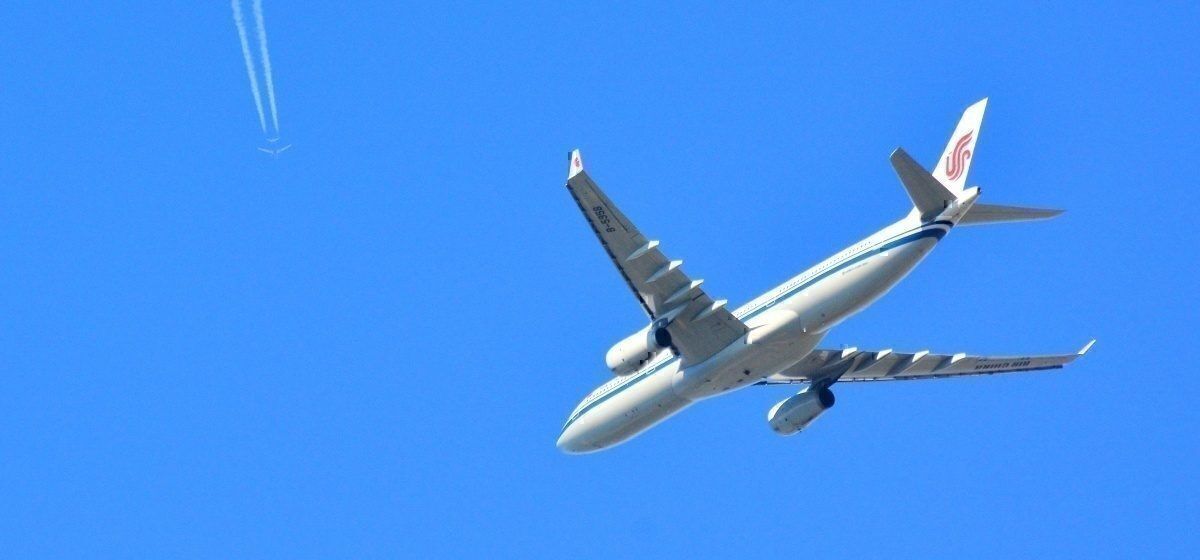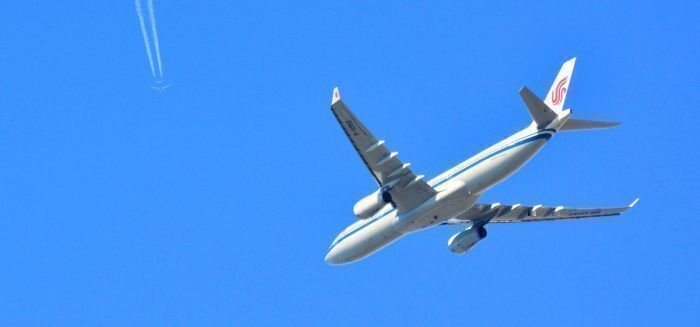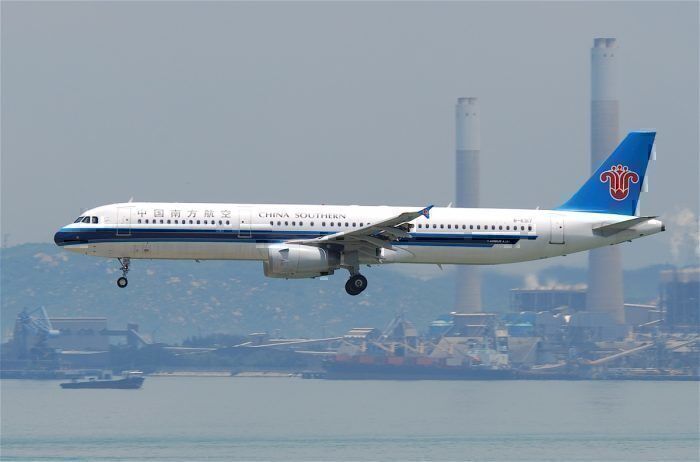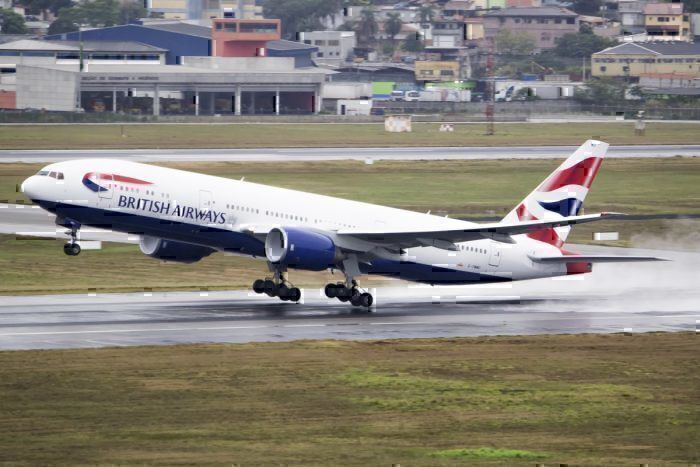The Civil Aviation Administration of China has released its report into the fire aboard an Air China Airbus A330 on Tuesday 27 August. The report gives no mention of the initial cause of the fire, which forced crew and passengers to evacuate whilst the aircraft was still at its gate.
As reported by ATW Online yesterday, the CAAC incident report into the fire which happened aboard an Air China Airbus A330 earlier this week does not reveal the cause of the incident.
The fire aboard the Air China Airbus A330, registered B-5958, broke out in the forward cargo hold at 16:48, 13 minutes after boarding began. At this point, 147 of the 167 total passengers booked for the flight were already on the aircraft.
Air China flight CA183 was scheduled to fly to Tokyo Haneda, but the fire took hold quickly. According to the report, the crew activated fire extinguishers in the hold and the captain issued a mayday alert.
Airport firefighters arrived on scene 16:54 but it was not until 17:45 that the thick black smoke pouring from the aircraft was brought under control.
The cause of the fire
Despite earlier suggestions in the Asia Times that the fire may have been caused by lithium battery packs in the cargo hold, the CAAC report makes no mention of this.
Lithium batteries have been known to burst into flames aboard flights before. One such incident forced a China Southern Airbus A321 to make an emergency landing in December last year.
In a separate statement regarding this week’s incident, the CAAC listed the contents of the forward hold as:
“...road-vehicle air pumps, pump parts, plastic boxes, polyester storage bags, camera lens assemblies, camera flash units, toys, sticky note paper, decorative flowers, dresses, plastic furniture, tubes for suction bells and impellers.”
Importantly, it also confirmed that the forward hold did not contain any baggage. This suggests that if the fire was caused by lithium battery packs, as mentioned by the Asia Times, they may have been part of the aircraft’s own power supply.
What now for B-5958?
Air China has not yet made any announcement regarding its future plans for the burnt-out A330. Whilst aircraft fires vary in size and intensity, they are not always a death sentence for the airframe.
Just like a car, some damage can be too integral to ever allow the aircraft to be used again. But in some cases, aircraft fire damage has been repaired.
In September 2015 a British Airways Boeing 777-200 on the ground suffered an engine fire which was subsequently blown towards the fuselage by the wind.
Although it suffered considerable damage from the fire, the aircraft was repaired and returned to service in March the following year. Despite happy endings in the past, photos of the Air China Airbus A330 appear to suggest an intense fire throughout the entire front fuselage.
This will likely make a repair impossible, and the incident may well go down as a hull loss for Air China. On the bright side, Air China will be able to find a replacement much closer to home in the future, as earlier this year Airbus unveiled plans to build the new A330neo in Tianjin.
Air China was not available to respond to Simple Flying’s request for comment on the incident.




